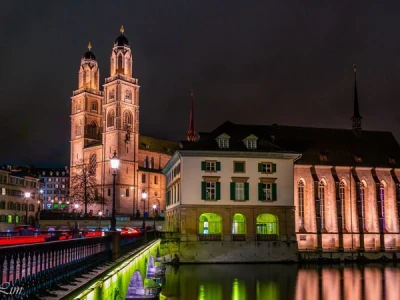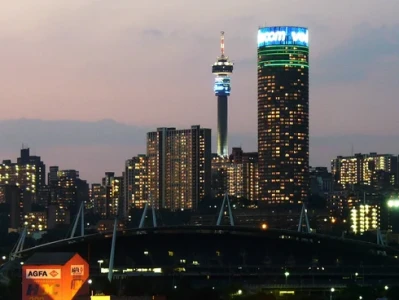Alright, buckle up, everyone, because Europe's about to get a whole lot smaller! The European Commission just dropped a plan that’s so ambitious, so transformative, it feels like something straight out of a sci-fi novel: a continent-wide high-speed rail network connecting its major capitals. And guess what? Bucharest to Budapest in just over six hours is a huge part of that dream.
Let’s put this in perspective, because this isn’t just about faster travel times; it’s about fundamentally reshaping how we live, work, and connect across Europe. Right now, Bucharest to Budapest is a grueling 14-16 hour journey. Imagine slashing that in half! It’s not just a convenience; it’s a game-changer.
Europe on Rails: A Vision Takes Shape
The Commission isn’t just throwing out ideas; they’re putting serious money behind this. We’re talking about billions of euros earmarked for development, with a focus on not just speed, but sustainability. They're aiming for speeds of at least 200 kilometers per hour, which, let's be honest, is enough to make my inner speed demon purr. Other key routes include Berlin to Copenhagen in just 4 hours (instead of the current 7!), Berlin to Vienna to Prague, Paris to Madrid to Lisbon, Munich to Rome, as well as lines between the Baltic states. Seriously, this is huge!
Think about the implications. Suddenly, weekend trips between Bucharest and Budapest become a real possibility. Business meetings don't require a full day of travel. Cultural exchange explodes! And it’s not just about leisure and commerce, the commission also emphasized that this will lead to traffic decongestion and expansion of military mobility opportunities.
They're even tackling the pesky problem of buying tickets, aiming to streamline the process and make it easier to hop on a train across borders. And, in a move that's music to my ears, they're pushing for a second-hand market for rolling stock, preventing perfectly good trains from being scrapped. This is the kind of holistic thinking we desperately need!
Commissioner for Sustainable Transport and Tourism, Apostolos Tzitzikostas, said it best: "High-speed rail is not just about cutting travel times; it is about uniting Europeans, strengthening our economy, and leading the global race for sustainable transport." And I couldn't agree more!
This reminds me of when the printing press was invented. Before that, knowledge was hoarded, inaccessible. The printing press democratized information, sparking the Renaissance and changing the world forever. High-speed rail has the potential to do the same for connection and collaboration. It shrinks distances, breaks down barriers, and fosters a sense of shared identity.

But let's be real, this isn't just about warm and fuzzy feelings. The Commission is aiming to allocate nearly EUR 3 billion for “clean” aviation fuel by 2027, with EUR 100 billion expected by 2035. The main objective of the changes is to replace short-distance air travel to reduce environmental pollution. It’s about building a sustainable future, one train ride at a time.
Of course, with any massive undertaking like this, there are challenges. Funding needs to be secured, routes need to be planned, and infrastructure needs to be built. But the vision is there, the commitment is there, and the potential is undeniable.
However, we also need to consider the ethical implications. As technology advances, it's our responsibility to ensure that everyone benefits. How do we make sure that these high-speed lines are accessible to all, regardless of income or location? How do we minimize the environmental impact of construction and operation? These are questions we need to be asking now.
And speaking of accessibility, did you know that you can already snag a pretty sweet deal in Bucharest? I saw an article about Stacking Amex and IHG perks for a $141 Bucharest getaway – four nights at the city's top-rated hotel for just $141 out of pocket! That's the kind of creative thinking that makes travel accessible and exciting.
I remember when I first started working on high-speed transportation systems, I was blown away by the sheer potential. The ability to connect people and cultures in a sustainable way is something that has always driven me, and this project in Europe is a huge step in the right direction. It's the kind of breakthrough that reminds me why I got into this field in the first place.
Europe: A Connected Continent, a Brighter Future
So, what does this all mean? It means a more connected, more sustainable, and more vibrant Europe. It means new opportunities for businesses, new experiences for travelers, and a stronger sense of unity across the continent. It’s not just about getting from point A to point B faster; it’s about building a better future for everyone.
I can't wait to see this vision become a reality. Can you imagine hopping on a train in Bucharest and arriving in Budapest in just a few hours? The possibilities are endless, and the future is bright!

